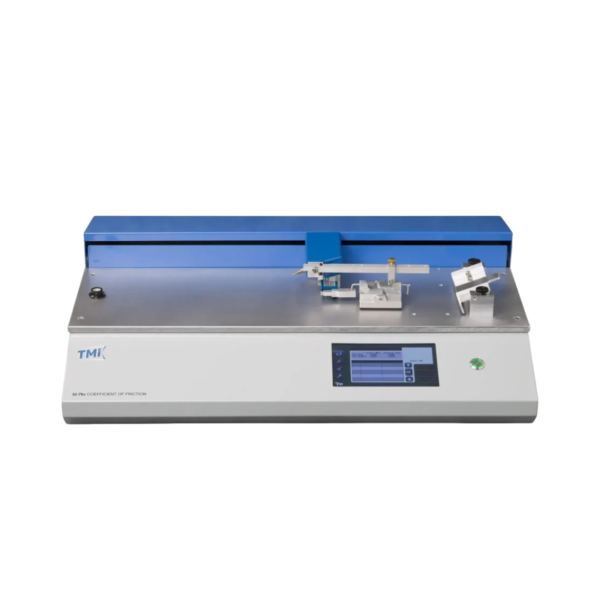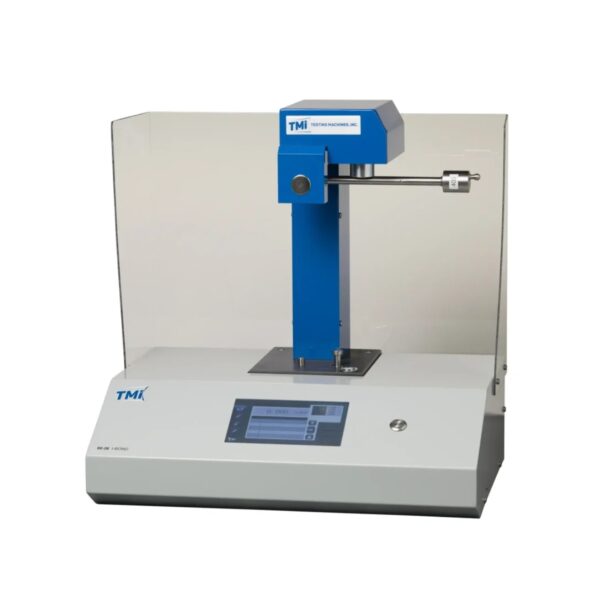TMI – Coefficient of Friction/Peel tester – Model 32-76e
Testing Machines Inc., is globally recognized as the leading supplier of coefficient of friction instrumentation. Our NEW 32-76e coefficient of friction/peel tester uses advanced digital force signaling and high-speed data acquisition software to …
Testing Machines Inc., is globally recognized as the leading supplier of coefficient of friction instrumentation. Our NEW 32-76e coefficient of friction/peel tester uses advanced digital force signaling and high-speed data acquisition software to provide unmatched precision and repeatability in COF and peel testing.
Improved features include a color touchscreen display and intuitive software user interface for easy navigation and test method storage.
New peel testing capabilities include 180° peel and T-peel measurements.






